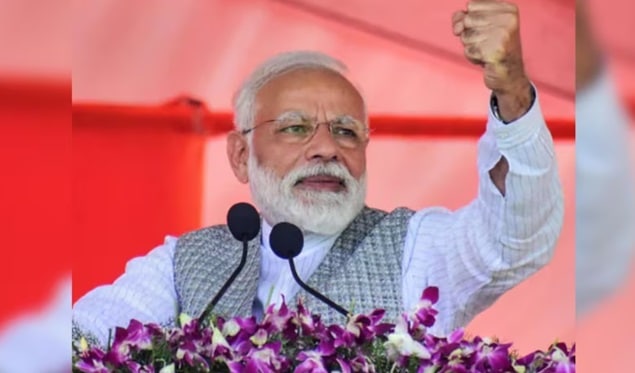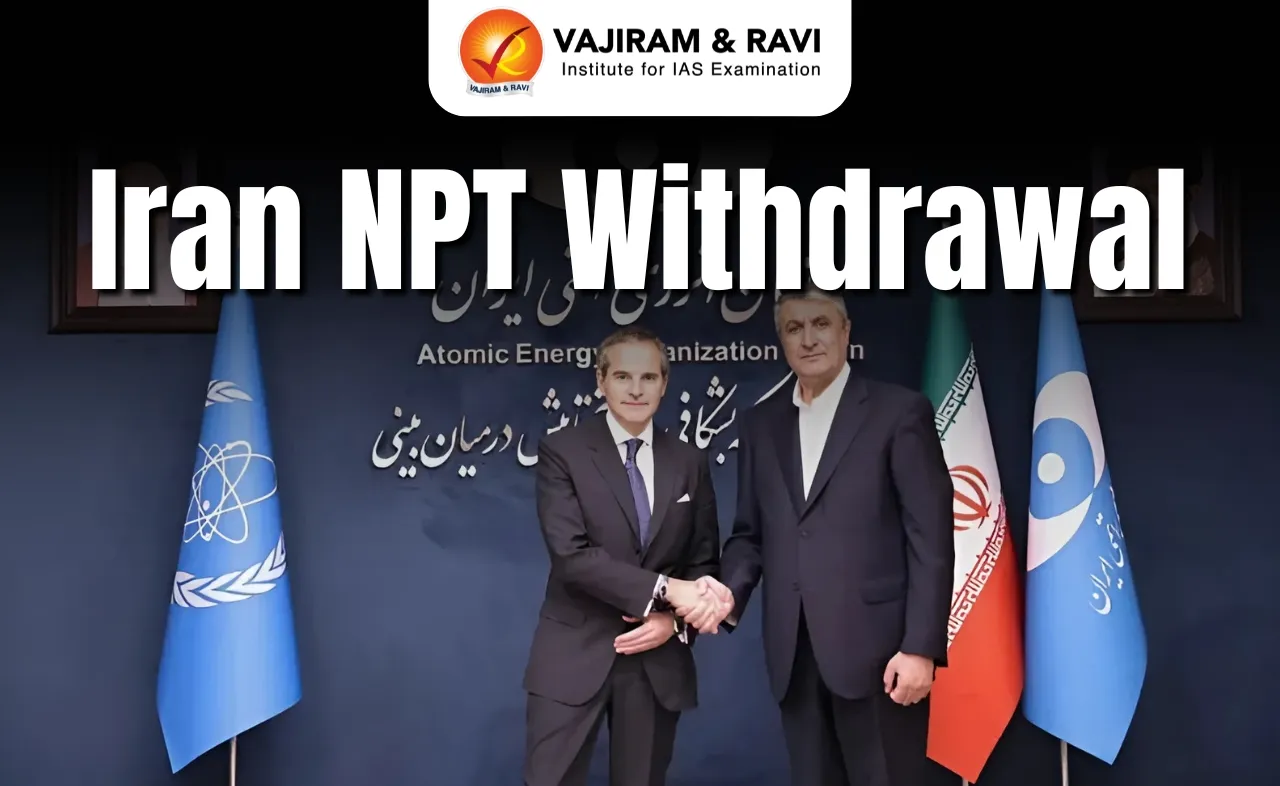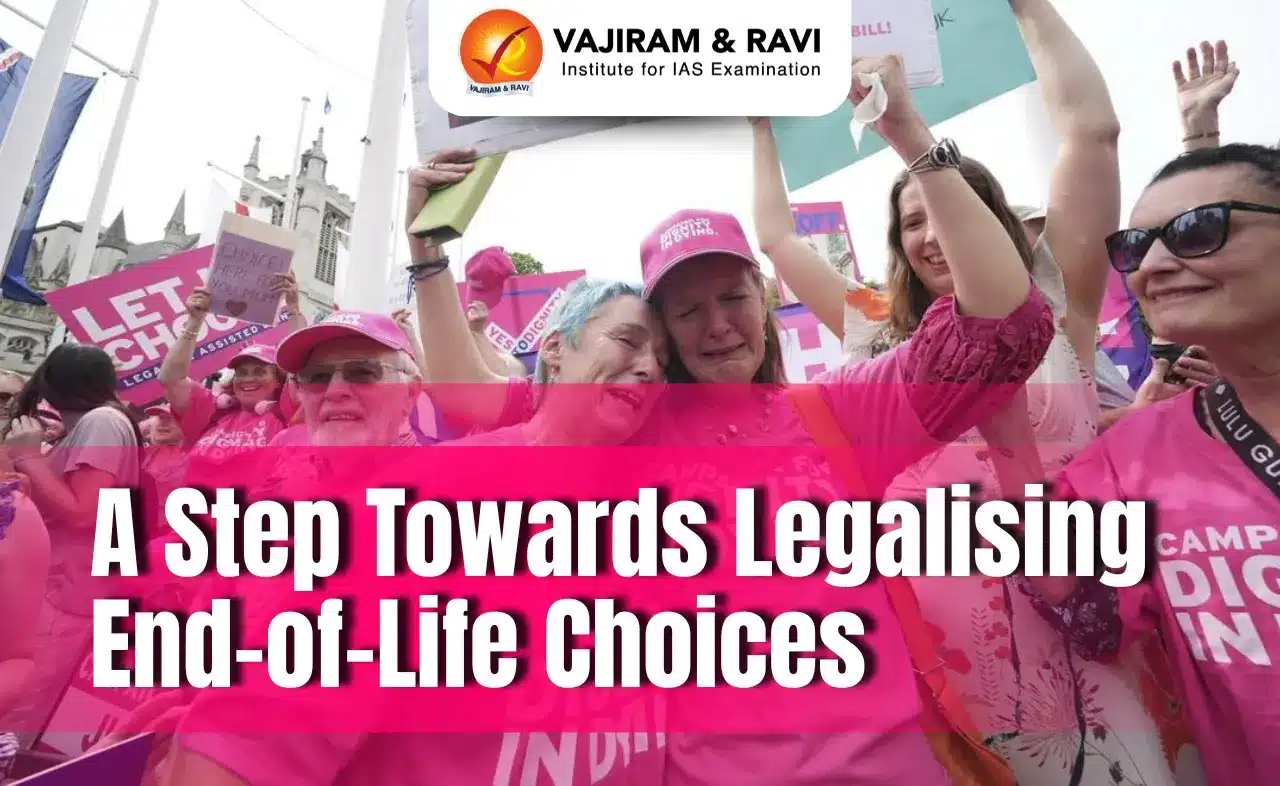What’s in today’s article?
- Why in news?
- What is Pradhan Mantri Garib Kalyan Anna Yojana (PM-GKAY)?
- What is National Food Security Act (NFSA)?
Why in news?
- PM Modi has announced an extension of the Pradhan Mantri Garib Kalyan Anna Yojana (PMGKAY) free ration scheme for another five years.
- The scheme was to end in December 2023.
- PMGKAY was introduced in 2020 during Covid-19 pandemic to provide free food grains to beneficiaries under the National Food Security Act, 2013.
- The PM Garib Kalyan Ann Yojana (PMGKAY) scheme was to end this December.
Pradhan Mantri Garib Kalyan Anna Yojana (PM-GKAY)
- About
- PM-GKAY is a food security welfare scheme announced by the Central Government in March 2020, during the Covid-19 pandemic.
- It is a part of Pradhan Mantri Garib Kalyan Package (PMGKP) to help the poor fight the battle against Covid-19.
- Objective:
- To feed the poorest citizens of India by providing grain through the Public Distribution System, to all the priority households (ration card holders and those identified by the Antyodaya Anna Yojana scheme).
- Launched in 2000, Antyodaya Anna Yojana is a Centrally Sponsored Scheme to provide highly subsidised food to millions of the poorest families.
- To feed the poorest citizens of India by providing grain through the Public Distribution System, to all the priority households (ration card holders and those identified by the Antyodaya Anna Yojana scheme).
- Entitlement
- The eligible ration cardholders under NFSA 2013 were entitled to 5 kg free wheat/rice per person per month.
- This was in addition to the 5 kg food grains already provided to the beneficiaries under the National Food Security Act, 2013.
- Implementing Agency:
- Department of Food and Public Distribution, Ministry of Consumer Affairs, Food and Public Distribution.
- Merger of PM-GKAY and NFSA
- In December 2022, the Government amalgamated PMGKAY with NFSA.
- It also decided to extend the scheme for one year till December 2023.
- After the merger, the entire quantity of 5 kg and 35 kg under the NFSA was made available free of cost.
- With this, India has a Central food security legislation which gives the poor a ‘right’ to receive 5 kg foodgrains free of cost.
- Earlier, beneficiaries paid a small price of Rs 3 per kg for rice and Rs 2 per kg for wheat.
- In December 2022, the Government amalgamated PMGKAY with NFSA.
- Achievements
- The NFSA covers about 20 Crore families, or a total 81.35 crore beneficiaries, who account for two-thirds of population – 50% urban and 75% rural.
- Since the scheme was introduced in 2020, the government has allocated 1,118 lakh metric tonnes of foodgrains from its central procurement pool at a cost of Rs 3.9 lakh crore.
National Food Security Act (NFSA)
- The NFSA, 2013 was notified to provide for food and nutritional security, by ensuring access to adequate quantity of quality food at affordable prices to people to live a life with dignity.
- It provides a legal right to persons belonging to “eligible households” to receive food grains at subsidised price/central issue prices under the under Targeted Public Distribution System (TPDS).
- State governments are tasked with identifying Antyodaya Anna Yojana (AAY – poorest of the poor) and priority households (PHH) beneficiaries within the TPDS-covered population.
- Every person in the PHH category receives 5 kg of food grains per month at – rice at Rs 3/kg, wheat at Rs 2/kg and coarse grain at Re 1/kg.
- Each Antyodaya Anna Yojana (AAY) household gets Rs 35 kg of food grains per month.
- The Act covers up to 75% of the rural population and up to 50% of the urban population for receiving subsidised food grains (overall 67% of the total population).
Q1) What is food security?
Food security is defined as having physical, social, and economic access to sufficient, safe, and nutritious food at all times. This food must meet food preferences and dietary needs for an active and healthy life.
Q2) What is Targeted Public Distribution System (TPDS)?
In June, 1997, the Government of India launched the Targeted Public Distribution System (TPDS) with focus on the poor. Under the PDS, States were required to formulate and implement foolproof arrangements for identification of the poor for delivery of foodgrains and for its distribution in a transparent and accountable manner at the FPS level.
Source: As Modi extends free ration scheme for 5 more years, Congress says it indicates economic distress, inequality | CNBCTV18 | Business Standard
Last updated on June, 2025
→ UPSC Notification 2025 was released on 22nd January 2025.
→ UPSC Prelims Result 2025 is out now for the CSE held on 25 May 2025.
→ UPSC Prelims Question Paper 2025 and Unofficial Prelims Answer Key 2025 are available now.
→ UPSC Calendar 2026 is released on 15th May, 2025.
→ The UPSC Vacancy 2025 were released 1129, out of which 979 were for UPSC CSE and remaining 150 are for UPSC IFoS.
→ UPSC Mains 2025 will be conducted on 22nd August 2025.
→ UPSC Prelims 2026 will be conducted on 24th May, 2026 & UPSC Mains 2026 will be conducted on 21st August 2026.
→ The UPSC Selection Process is of 3 stages-Prelims, Mains and Interview.
→ UPSC Result 2024 is released with latest UPSC Marksheet 2024. Check Now!
→ UPSC Toppers List 2024 is released now. Shakti Dubey is UPSC AIR 1 2024 Topper.
→ Also check Best IAS Coaching in Delhi
























